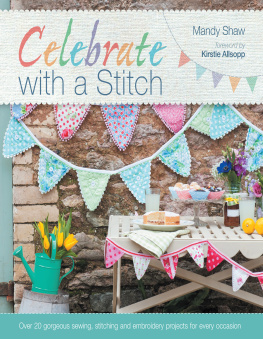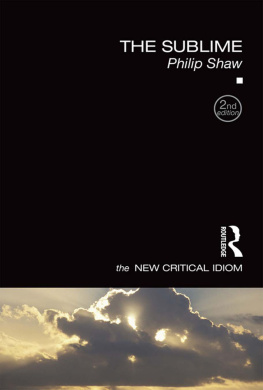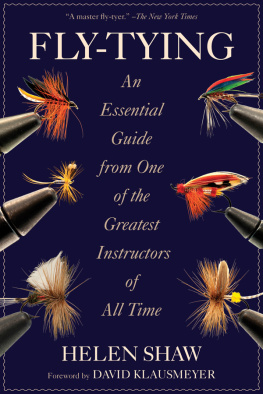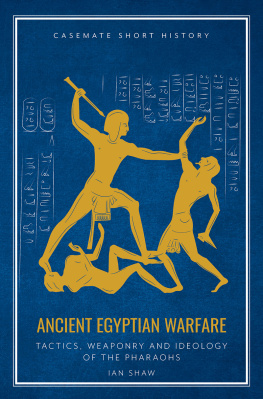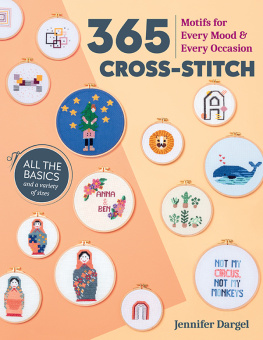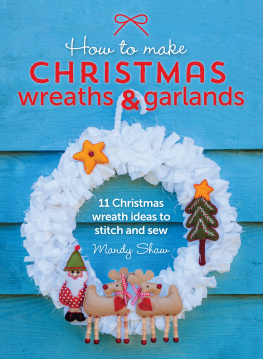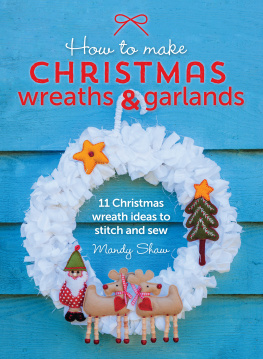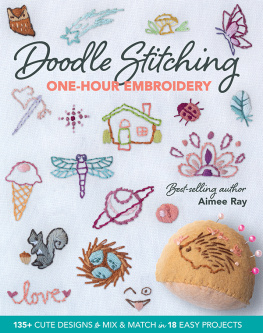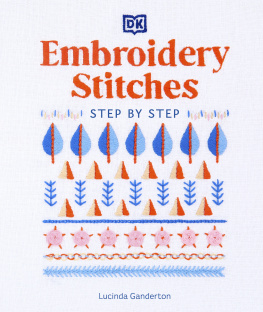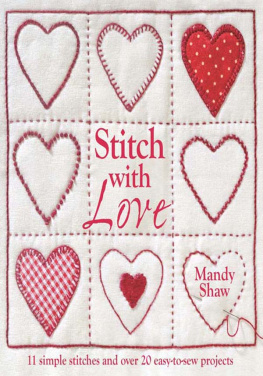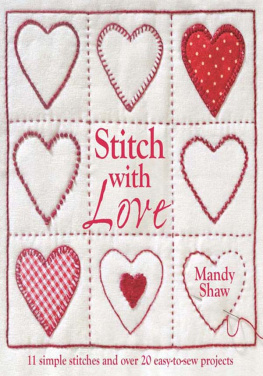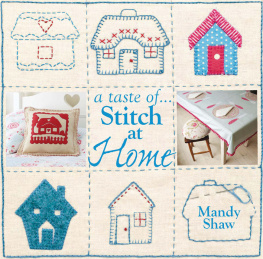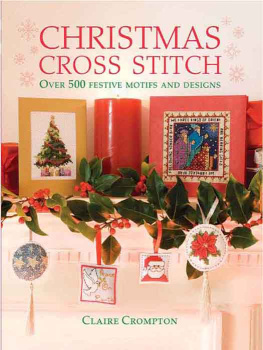This book is dedicated to two very special people with whom I have had the pleasure of sharing many a good celebration Auntie Betty and Debbie. Thank you my darlings for your inspirations; you will be greatly missed.
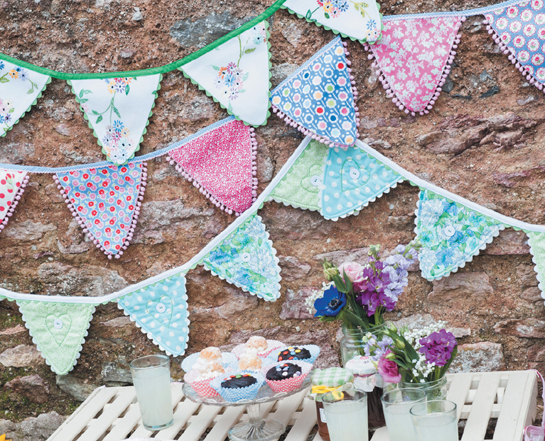
Foreword
Mandy is a true creative she fizzes with new ideas for designs and is buzzing with excitement about her latest book project. This collection of projects to celebrate everything from birthdays to babies, captures Mandys contagious energy and enthusiasm as well as her unique style, making it a must for any crafter, new or experienced.
I first met Mandy when she showed me how to make a Christmas stocking using gorgeous vintage fabrics from my scrap stash. In this, her latest book, Mandy shows us how to make celebratory bunting, pennants and decorations using vintage and modern fabrics, that can be adapted for every occasion.
Immerse yourself in this fabulous selection of projects, which culminates with the ultimate Celebration Quilt an heirloom keepsake to be treasured forever.
Happy sewing!
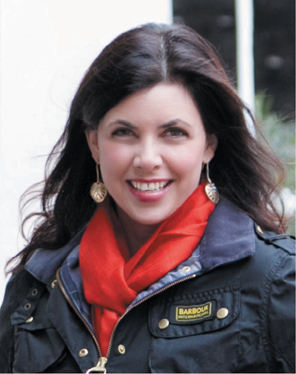
Kirstie Allsopp
Introduction
When it comes to designing, making, creating and writing, my home and my family are always my inspiration, and why? Because we are always celebrating one event or another. Whether its passing an exam, a birthday party, a family get-together, a birth or a marriage, Halloween or Christmas, it seems there is a celebration every month of the year.
Days spent together with friends and family make memories the more we can cram in, the richer our lives will be. This book is about celebrating these occasions by the making of decorations and gifts.
No party is complete without bunting and Ive got several different versions for you to make. My pennants are a quick fix for brightening up any event, and wine glass lampshades are perfect for decorating a party table. I have project ideas for celebrating the birth of a baby, a wedding celebration, a childs birthday party and Christmas of course but any of the ideas can easily be adapted to suit your own celebrations.
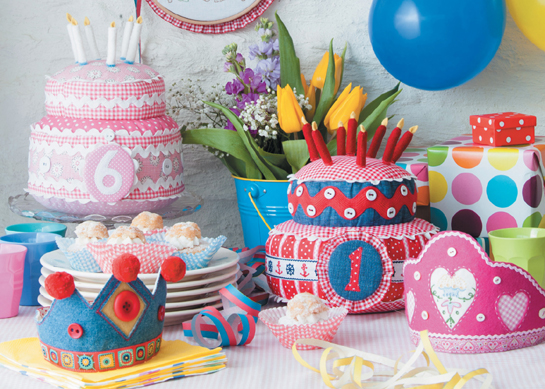
Get Ready to Stitch
If the great celebration ideas in this book and the beautiful photography have inspired you to get creative, but you are new to stitching, this chapter will give you all the advice you need to begin with confidence. There is helpful advice on choosing fabrics and threads, essential tips on working the appliqu designs, as well as hand embroidery stitch diagrams for both left- and right-handers. All the projects contain a variety of sewing techniques to teach you new skills and perhaps brush up on ones you already know.

Fabrics and Threads
The fabrics I have used for the projects in this book have a retro Fifties feel with lots of spots, checks and stripes. I used a colour palette of pastels and primary colours which, I hope you will agree, gives a fresh, bright look that will appeal to all ages.
Fabrics
If you are new to making things from fabric you are in for a great treat. You have so much to look forward to as you build your fabric collections, from sourcing fabric shops, to stashing your buys on little shelves or in a special drawer. I love to work with 100% cotton to give a clean, crisp textured look to my makes. It is advisable to wash and press your fabrics before you sew in case the colour runs. Fabrics are often treated with a sort of starch dressing to make them easier to sew; after washing and drying, you may find that giving your fabrics a little spray starch will aid sewing.
Felt
I adore working with felt as it does not fray; it is lovely to sew, and especially to blanket stitch. There are various qualities of felt, which perform differently with wear; always buy felt that has a percentage of wool in it the higher the better as this will help to prevent the felts surface from going bobbly over time.
Vintage
Vintage fabrics are a favourite of mine embroidered cloths, lace hankies, cotton monogrammed linens and similar treasures can be sourced from internet auctions, car boot sales and secondhand shops; you never know what you will discover.
Tip
Use a fabric spray adhesive to attach wadding (batting) to your fabric. Follow the manufacturers instructions and spray the wadding (batting) not the fabric.
Embroidery threads
As the projects call for different styles of stitching, I have used different types of embroidery thread. Stranded cotton (floss) is good for fine work but can be used to embroider thicker lines too, while coton broder is sometimes too thick for the detailed work required on some projects, so mix and match as you choose.
Coton broder
A favourite of mine, this single strand thread has a matt finish. It is available in different widths in several colours. I prefer No.16 which is quite thick and ideal for blanket stitching, outlining, backstitching, and quilting. Although shops rarely stock the whole range, they can be ordered.
Stranded cotton (floss)
This is available in skeins consisting of six strands which can be pulled out individually for use. It is most usual to use two strands in the needle, but for fine detail use just one, and for a chunkier stitching line use three or more.
Maderia Lana
This is a machine sewing thread that looks like wool and sews up a treat to give a hand blanket stitch appearance. You will need to use a larger size 16/100 needle; make sure you use a good-quality one as cheaper needles may have burrs that will shred the thread. For the bobbin thread, use an ordinary thread. Maderia Lana can also be used to hand quilt and embroider, and you will need to use a large-eyed, good-quality needle.
Sewing notions
When making up your projects, always use a good-quality sewing thread in a colour to match your chosen fabrics.
Invest in a pack of good-quality mixed embroidery needles. These have large eyes and are very sharp, piercing the fabric and allowing the thread to be pulled through with very little friction. How do you know what size needle to use? If after three attempts the needle wont thread, change to one with a larger hole. My personal favourites are sashiko needles size 12.
Working the Appliqu
Appliqu takes its name from the French verb appliquer, meaning to apply. The technique involves cutting fabric to shape and attaching it to a background fabric to create a surface decoration. The fabric shapes are held in position with fusible webbing and secured and embellished with hand or machine stitching.

